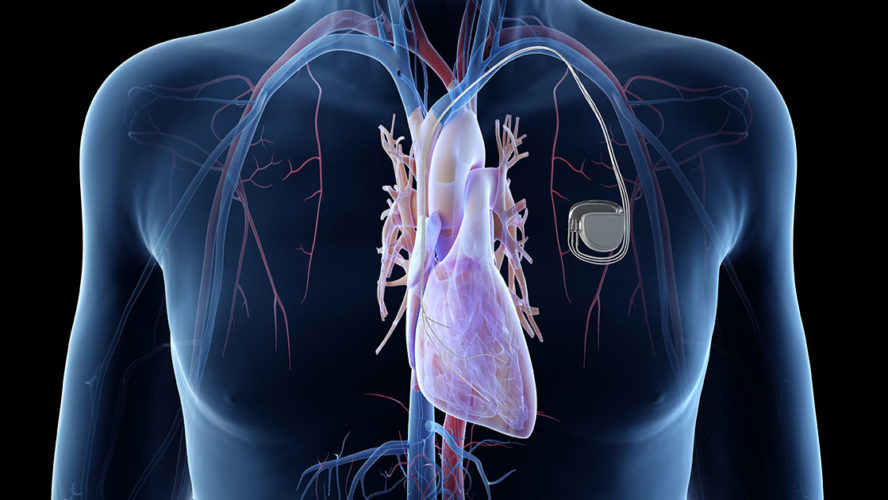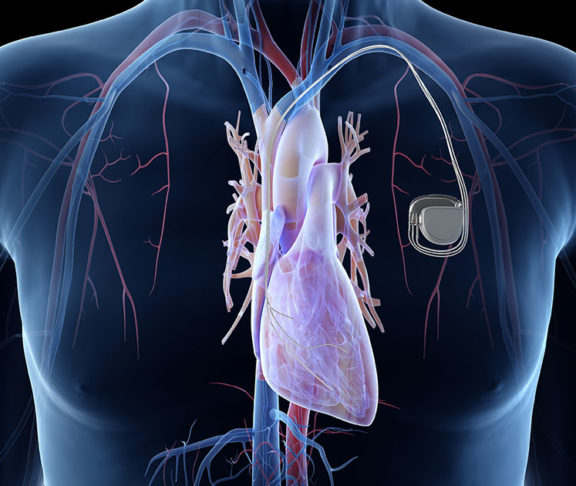The pandemic has caused disruption and delays to healthcare services, but remote monitoring has enabled arrhythmia patients to continue with their care with confidence.

Trudie Lobban, MBE
Founder and CEO, Arrhythmia Alliance
The impact of COVID-19 has resulted in an increase in the use of remote monitoring and has highlighted the value and importance of remote monitoring cardiac implantable electronic devices (CIEDs).
How implanted devices are monitored
Implanted devices such as pacemakers or implantable cardioverter defibrillators (ICDs) are fitted with a device that kicks into action when required and can save a patient’s life. Remote monitoring devices can alleviate concerns and provide reassurance for people from the comfort of their own home.
The term “remote monitoring” means exactly what it implies: monitoring your heart with an implanted device while you are at home (or, in fact, anywhere) and “remote” from a care team at the hospital. The implant has an integrated aerial that automatically sends medical and technical information to a cardiac team remotely via the monitoring device or from a mobile application. This allows heart rhythm specialists to monitor a patient’s condition based on accurate, up-to-date clinical information daily — not just at the hospital.
Remote monitoring should be the gold standard of care for anyone with a CIED. If deemed suitable for a patient, it should be offered as part of the treatment package, not as an added extra. A positive from the pandemic is that more patients are now being offered this package — saving time, reducing hospital visits, and most importantly, improving care.
Remote monitoring patient feedback
In 2020, we surveyed more than 300 patients about their remote monitoring experience. Of the responses, 43% said the most important benefit of remote monitoring is that they felt reassured, and almost 80% said that they didn’t have concerns about their follow-up appointment. More than 50% said that by having a remote monitor, they feel better about their heart condition.
Remote monitoring relieves fear and anxiety for patients, knowing that their heart rhythm is routinely monitored by their healthcare team who would be in touch should any concerns arise.
Educating and raising awareness about arrhythmia
Arrhythmia Alliance is a patient-focused charity that works to improve the diagnosis, treatment, and quality of life for all those affected by arrhythmias. This is why we launched the Living With Series, a virtual education series which is free for. This series includes webinars from medical experts about remote monitoring and devices, including pacemakers, ICMs, and ICDs.
To find out more information or to download our patient booklets about specific devices and remote monitoring, please go to our website heartrhythmalliance.org.

